 Dr. Oliver Lawrence
Dr. Oliver Lawrence
Technology and Education Social Justice Series
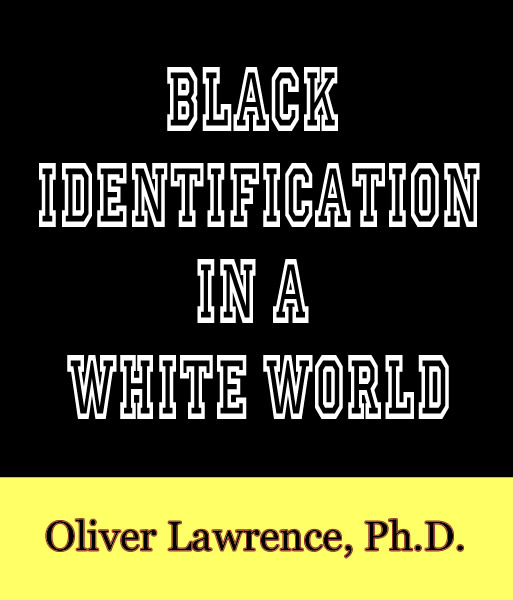
Black in a White World
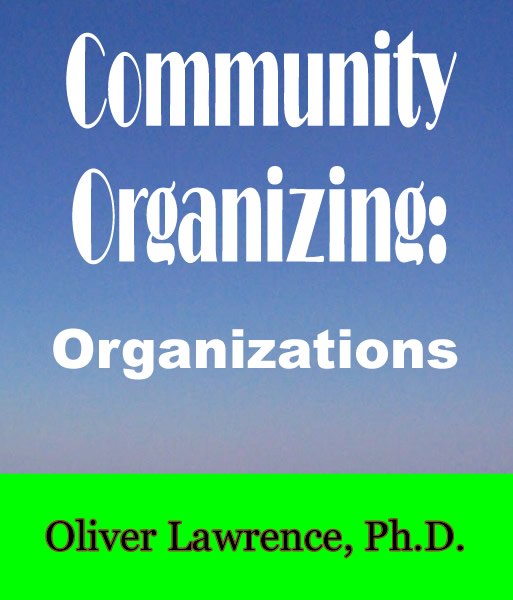
Community Organizing – Organizations

Data Mining

Educator-Technologist: The key to merging learning and technology
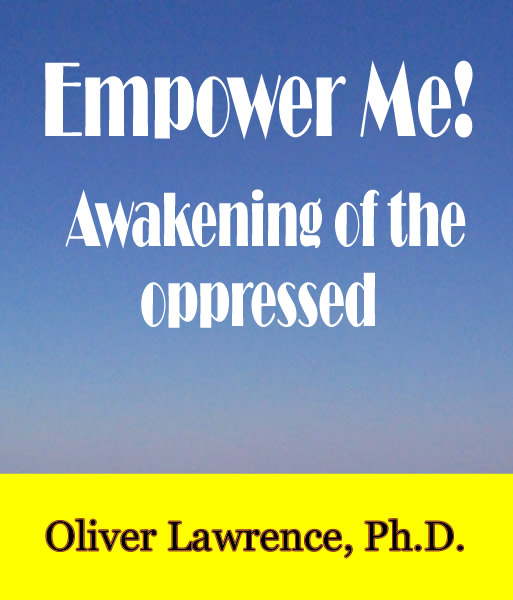
Empower Me!
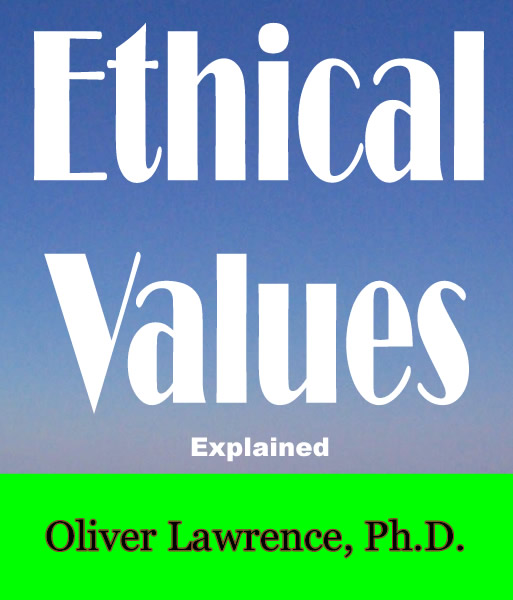
Ethical Values
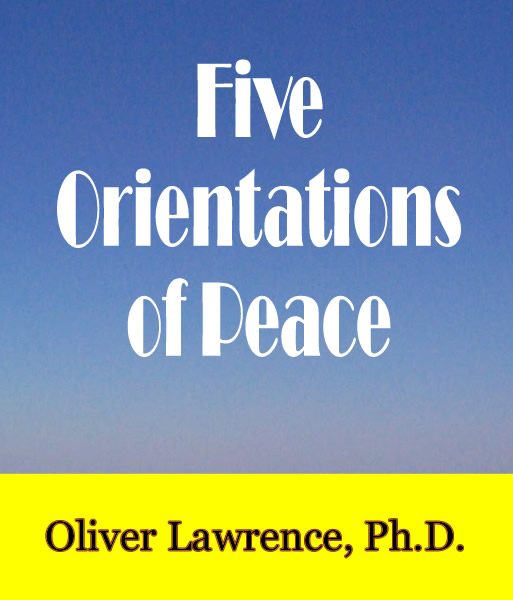
Five Orientations of Peace

Flash 2D Animation

Internet 101: An introduction to web surfing (Online Learning)
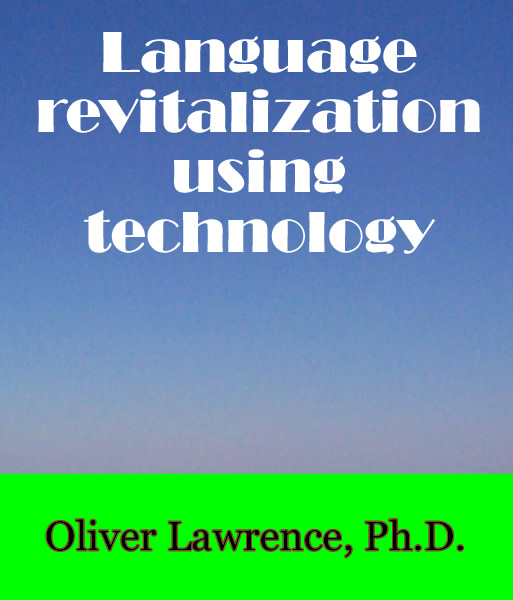
Language Revitalization using Technology
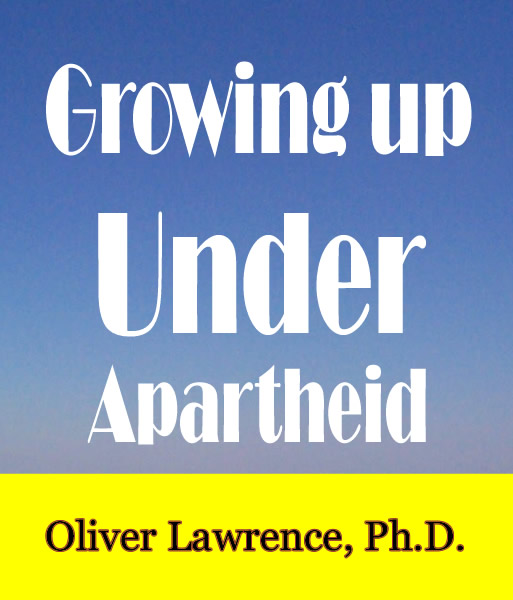
Stories from South Africa Vol. 1
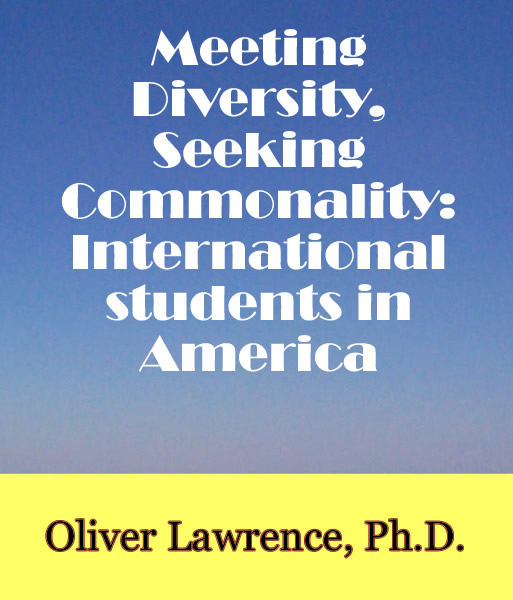
Meeting Diversity, Seeking Commonality: International students in America
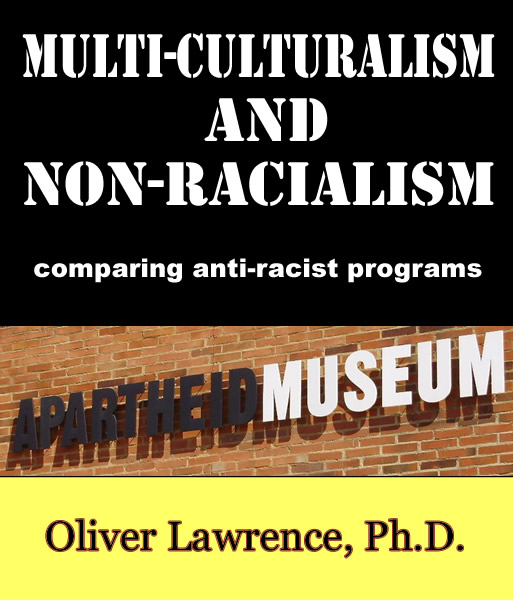
Multiculturalism and Non-Racialism: Comparing anti-racist programs
Poverty: A Personal Perspective
Stories from South Africa Vol. 2

Roman Numerals
Roman Numerals

Why bullying persists
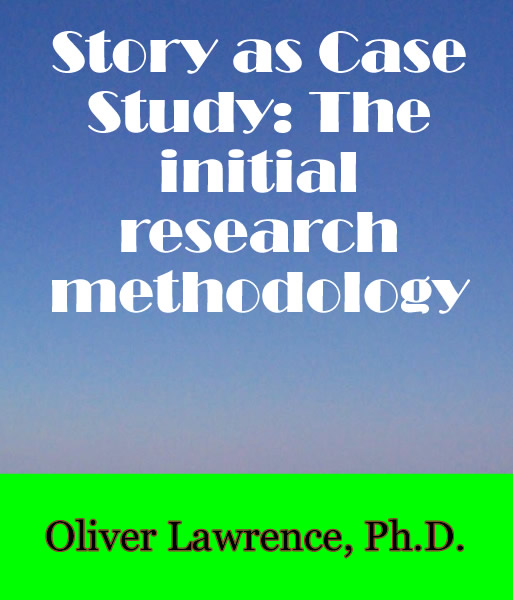
Story as Case Study
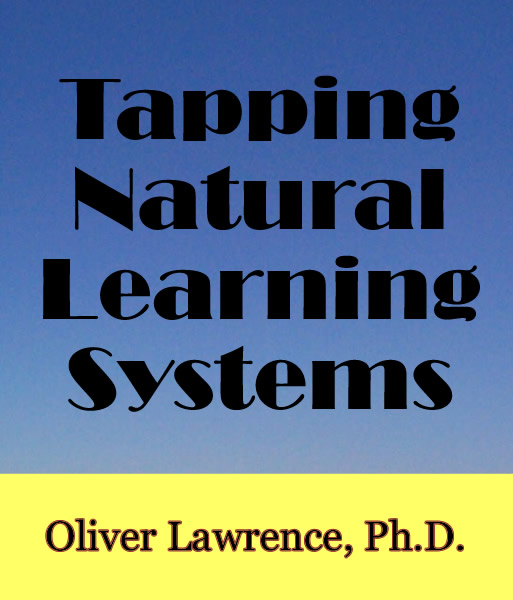
Tapping Natural Learning Systems
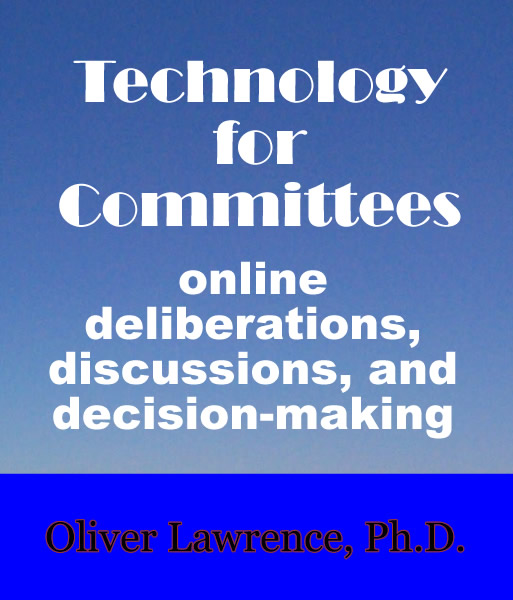
Technology for Committees:
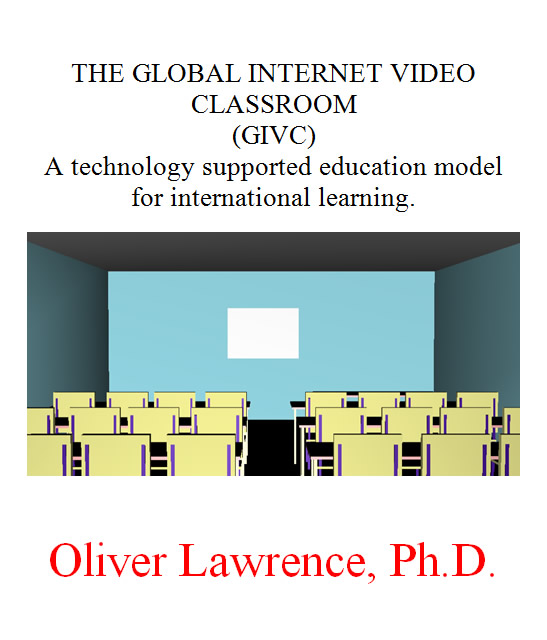
The Global Internet Video Classroom (GIVC): A technology supported education model for international learning.
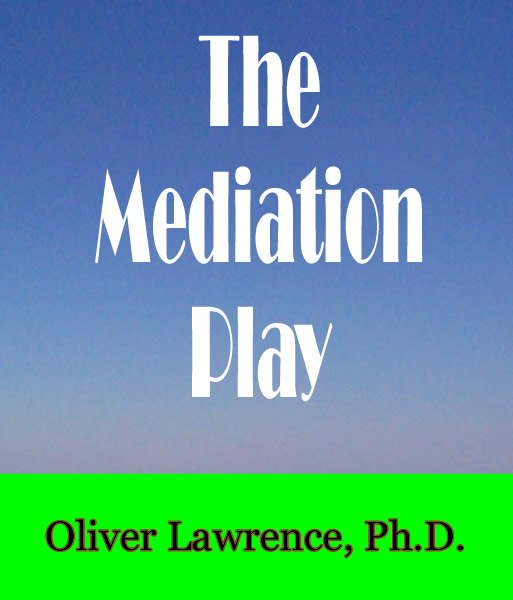
The Mediation Play
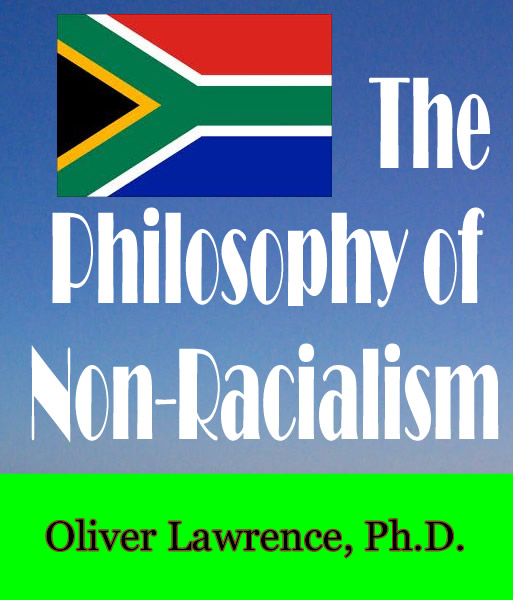
Non-Racialism
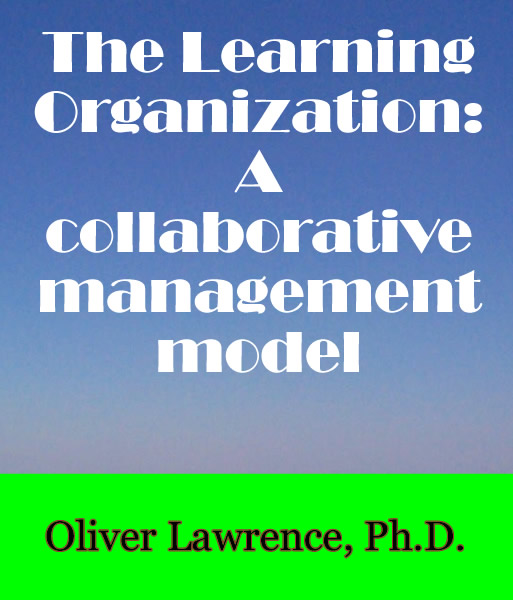
The Learning Organization
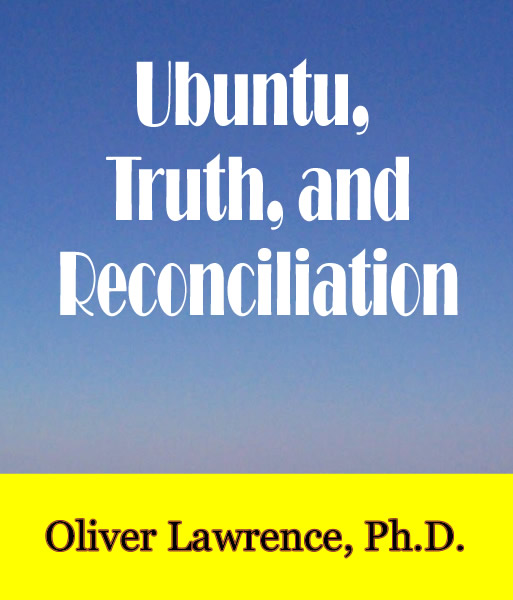
Ubuntu, Truth and Reconciliation
Five orientations of Peace
Peace is elusive. Many strive to achieve peace. Five orientations or strategies to achieve peace are highlighted to provide every peace-maker a choice that fits his or her preferences and levels of commitment. Peace is widely envisioned as a state of absence of hostilities between nations. Many countries trade and have exchanges that are mutually beneficial. Treaties or mutual understandings allow for resolution of disputes. Martin Luther King gave a Nobel Prize Acceptance Speech on December 10, 1964 in Oslo, Norway. He accepted the Nobel Prize for Peace while millions of people were engaged in a creative battle torect empowerment so that you will be prepared and ready when the need to take meaningful action arises.
A universal concept of peace of a practical nature is yet to exist. There are concepts of peace, but there are serious misgivings on the realization of the concept of peace in the real world. This book is an effort to bring together the information available on peace programs in a way that can illustrate the successful criteria for achieving positive movement towards a world of peace. According to Supreme Court Justice Louis Brandeis, most of the things worth doing in the world were declared impossible before they were done (Barnaby, 1988). This paper will chronicle an historical continuum of efforts towards peace. The concepts and strategies are based on our understanding that has been forged by our history.
Defining Peace
Peace is serenity and calmness. The root is from the Latin pac or pax; akin to Latin pacisci to agree, which includes the concept of a pact. The Roman system of peace was firmly rooted in Roman law, in creating pacts of understanding and agreements. Peace is a state of tranquility or quiet, freedom from civil disturbance, a state of security or order within a community provided for by law or custom, freedom from disquieting or oppressive thoughts or emotions, harmony in personal relations, a state or period of mutual concord between governments, and a pact or agreement to end hostilities among those who have been at war or in a state of enmity (Merriam-Webster, 2003). There are a number of words that describe peace. From each definition emanates a number of concepts that are inherited from the derivative source. Shalom is a concept of peace inherited from the Jewish tradition. The peace of shalom is concerned about the physical well-being of a person. Shalom, the Hebrew word for peace, has three shades of meaning. First, it can refer to a material and physical state of affairs, this being its most frequent usage. It can also refer to relationships, the closest meaning to the English word 'peace.' Finally, it also has a moral sense, which is its least frequent meaning (Yoder, 1987:11).

|
Community Organizing. Take this course online to learn community organizing strategies. Receive immediate feedback on your progress. Learn through doing and creating a portfolio for the job interview. Never miss a lecture, assignment, or a quiz. A certificate is obtainable for a successful supervised campaign. Community Organizing is a science and an art. It may seem like a knee-jerk response to injustice. There are so many incidents that occur on a daily basis in communities that are exploitative, denigrating, and simply inhumane. Many will become angered and motivated to take immedite action but it takes strategy and organization to take effective action. Learn about the theories and philosphies of direct empowerment so that you will be prepared and ready when the need to take meaningful action arises. |